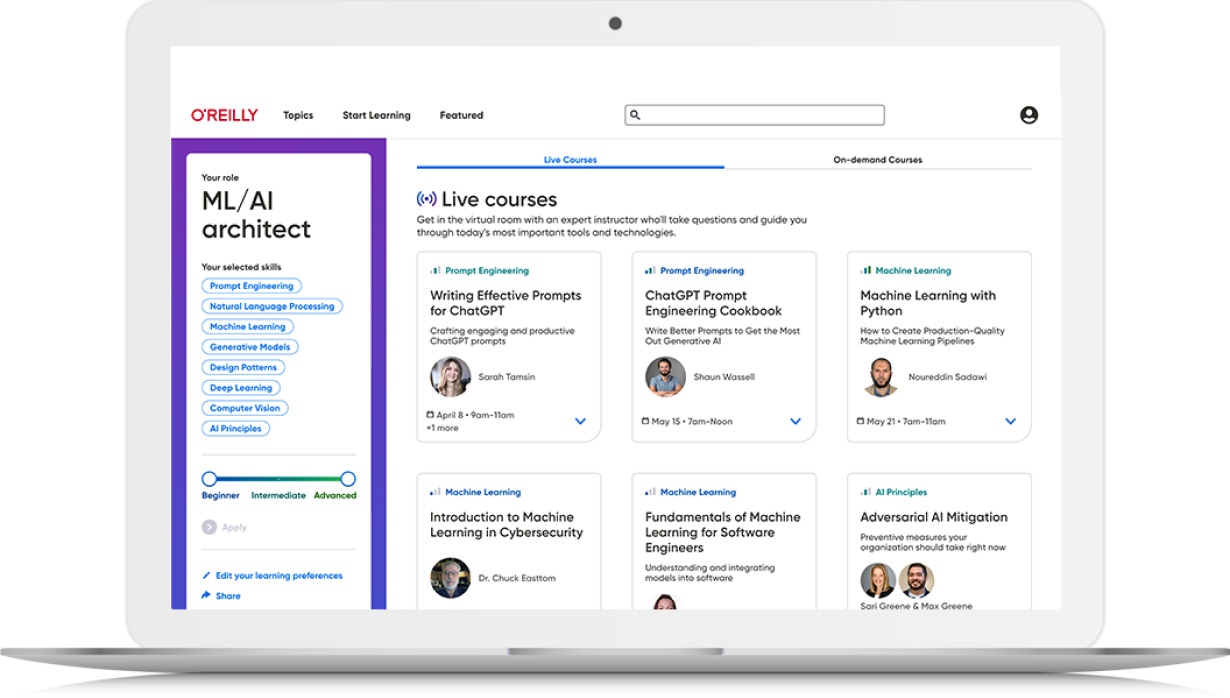Book description
The GNU/Linux® success story is well known. Firmly established as a high-performance operating system, its worldwide installations are increasing at phenomenal rates. Much of this success has been on the server side, but more and more PC users are turning to Linux on the desktop, as well. For those grounded in Microsoft Windows® or Apple Macintosh® graphical interfaces, the first look at a powerful Unix-style operating system can be daunting. This book provides a clear, no-nonsense introduction to the popular Red Hat® distribution of Linux. It takes you through installation and shows you the key parts of the system, always with an eye toward what can go wrong and what you need to know to get over the humps. Linux is known as a secure environment and a good platform to run a web server. These topics are among the many covered in this book. But did you know you can also burn CDs, sync a PalmPilot™, and edit slideshow presentations with powerful tools on Linux? Those topics are covered here, too. Red Hat currently provides two distributions, both documented in this book. The first is their commercial, subscription-based product, called Red Hat Enterprise Linux and also available through retail channels as Red Hat Professional Workstation. The second is the freely distributed Fedora distribution. The Publisher's Edition of Fedora is included in this book on two disks. New in this edition are installation instructions for Red Hat Enterprise Linux and Fedora, package updating for Red Hat Enterprise Linux and Fedora, information on the GRUB bootloader, and the CUPS printer system. Learning Red Hat Enterprise Linux and Fedora tells you how to:
Prepare your system for installing Linux
Install and configure Linux and the two popular desktop environments, GNOME and KDE.
Run the most popular productivity tools on Linux: mailers, web browsers, OpenOffice, and Evolution.
Obtain and set up software through the Red Hat Package Manager (RPM)
Set up a Linux system for networking, either on your local area network (LAN), or via a dialup connection to the Internet.
Use the system-administration tools included with Red Hat, GNOME, and KDE, including such valuable utilities as Samba file-sharing and the Apache web server.
Understand and write shell scripts so you can peek under the hood and extend the power of Linux.
You might also like
book
A Practical Guide to Red Hat Linux: Fedora Core and Red Hat Enterprise Linux, Second Edition
The best just became BETTER! Completely revised to meet all your Red Hat Linux needs! Fedora …
book
Linux
Linux is a fast-growing operating system with power and appeal, and enterprises worldwide are quickly adopting …
video
Ansible Certification: Red Hat EX407
More than 9 Hours of Video Instruction More than 9 hours of video instruction to first …
book
Model-Based Testing for Embedded Systems
This book explores model-based testing from a number of different perspectives. Combining various aspects of embedded …

